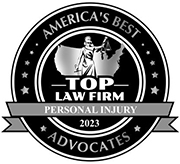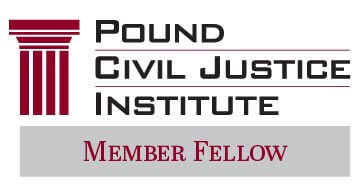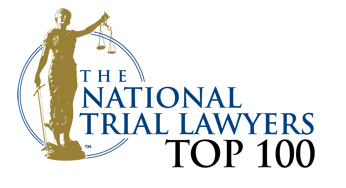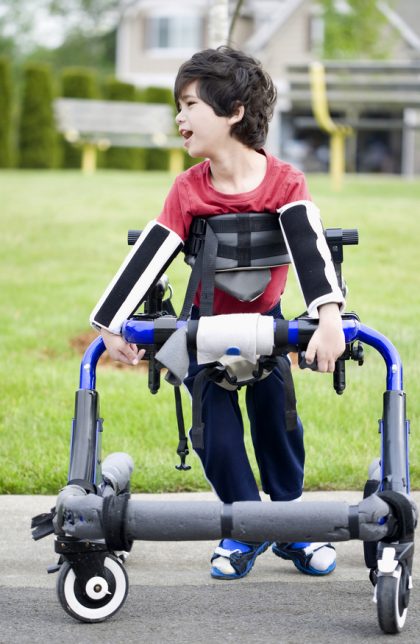
Cerebral palsy (CP), an umbrella term that refers to a group of conditions, develops as a result of some damage to the developing brain. While there may be a number of environmental and biological factors that can contribute to the development of cerebral palsy, in many cases, CP develops as a result of some pregnancy complication and/or medical negligence that results in this birth injury.
According to the Centers for Disease Control and Prevention (CDC):
- Cerebral palsy is the most common childhood motor disability.
- Approximately 1 out of every 323 children in the U.S. is living with cerebral palsy.
- More than 40 percent of children living with cerebral palsy are also living with some other serious impairment like epilepsy.
Given the prevalence of cerebral palsy and the fact that, in many cases, medical negligence can contribute to this birth injury, in this article we’ll take a closer look at the facts about cerebral palsy. If your child has been diagnosed with cerebral palsy, we are ready to meet with you to help you determine whether your child’s CP may have been caused or worsened by some type of medical negligence.
Cerebral Palsy Facts: An Overview of Cerebral Palsy
Cerebral palsy can manifest in various forms, depending on the area of the brain that has been damaged. While many of the people living with cerebral palsy will have a combination of cognitive and motor impairments, the specific types of cerebral palsy are classified as follows:
- Spastic cerebral palsy – As the most common form of CP, spastic cerebral palsy is characterized by muscle stiffness, increased muscle tone and awkward movement. Spastic CP can impact only one side of a person’s body or his entire body, and this type of cerebral palsy accounts for about 80 percent of all CP cases.
- Dyskinetic cerebral palsy – With this type of CP, people will not be able to control their movements and can experience rapid jerky movements, writhing or some combination thereof.
- Ataxic cerebral palsy – This type of cerebral palsy impacts a person’s balance and coordination and can, more specifically, affect a person’s ability to write, reach and pick things up.
Cerebral Palsy Symptoms
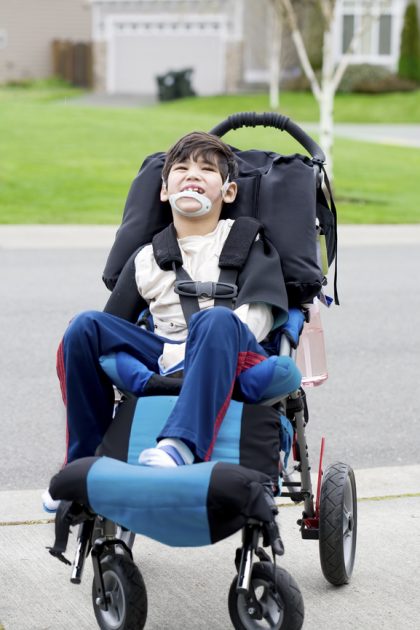
In general, diagnosing CP occurs in the months or within the first year after a baby is born. This is because the symptoms of cerebral palsy will not usually become apparent until it’s obvious that an infant is not reaching certain milestones. Specifically, cerebral palsy symptoms are as follows:
- For babies younger than 6 months old, cerebral palsy symptoms may include:
- Stiffness or floppiness
- Overextension of the back and neck when being cradled
- Crossing or scissoring of the legs when being picked up
- Lagging head movement when being picked up from a lying down position.
- For babies between 6 and 10 months old, cerebral palsy symptoms may include:
- Not rolling over in either direction
- An inability to bring the hands together and/or bring the hands to the mouth
- Keeping one hand fisted when reaching out the other.
- For babies older than 10 months old, cerebral palsy symptoms may include:
- Dragging one leg and hand while trying to crawl with the opposite leg and hand
- Not crawling on all fours
- Scooting on the buttocks and/or hopping on the knees.
It’s important to point out that:
- Some children may display any of these cerebral palsy symptoms but still may not have CP (as every child’s development will be slightly different).
- If you notice some of cerebral palsy symptoms in your infant, it’s critical you consult with your doctor for a proper diagnosis.
Diagnosing Cerebral Palsy
Diagnosing cerebral palsy will usually involve a combination of medical interventions, some of which include:
- Ongoing monitoring of a child’s development
- Administering certain screening tests
- Conducting specific medical evaluations to assess a child’s cognitive and motor abilities.
Many cerebral palsy diagnoses occur within a child’s first three years of life.
When Negligence Causes Cerebral Palsy or Other Birth Injuries

Tragically, there will be some cases of cerebral palsy that may have stemmed from the mistakes or reckless behavior of a medical professional before, during or immediately after a child’s birth. Specifically, such medical negligence can come in the form of:
- Failing to recognize (and immediately respond to) signs of maternal or fetal distress during labor, birth or immediately after birth
- Failing to treat a maternal infection (like, for instance, meningitis)
- Failing to promptly treat umbilical cord prolapse (when the umbilical cord wraps around a baby’s neck and beings to suffocate him)
- Failing to perform a C-section when one is clearly necessary
- Improper use of forceps and/or vacuum extraction.
Here, it’s important to point out that:
- There may be other forms of medical negligence that can contribute to the birth injuries that cause cerebral palsy.
- Because it may not always be obvious if or when some type of medical negligence has contributed to cerebral palsy, it’s critical to consult with an experienced birth injury attorney for a professional case evaluation.
Portland Birth Injury Lawyers at the Savage Law Firm
Has your child been diagnosed with cerebral palsy? If so, the Portland birth injury attorneys at the Savage Law Firm can help you determine whether medical negligence may have contributed to your child’s condition. Since 1977, we have been dedicated to providing each of our clients with the highest quality legal services, and we are ready to advocate your rights if you are entitled to compensation for your child’s birth injuries.
Contact Us Today
Helping you recover from the financial setbacks caused by birth injuries is one of our primary goals. Our Portland birth injury attorneys encourage you to learn more about your rights and case by setting up a free initial consult.
To learn more about our legal services and what we can do for you, call us at 503-222-0200 (in Portland) or at 206-957-7272 (in Seattle). You can also email us using the form on this page.
We represent clients in communities in both Oregon and Washington from our offices in Portland and Seattle.



